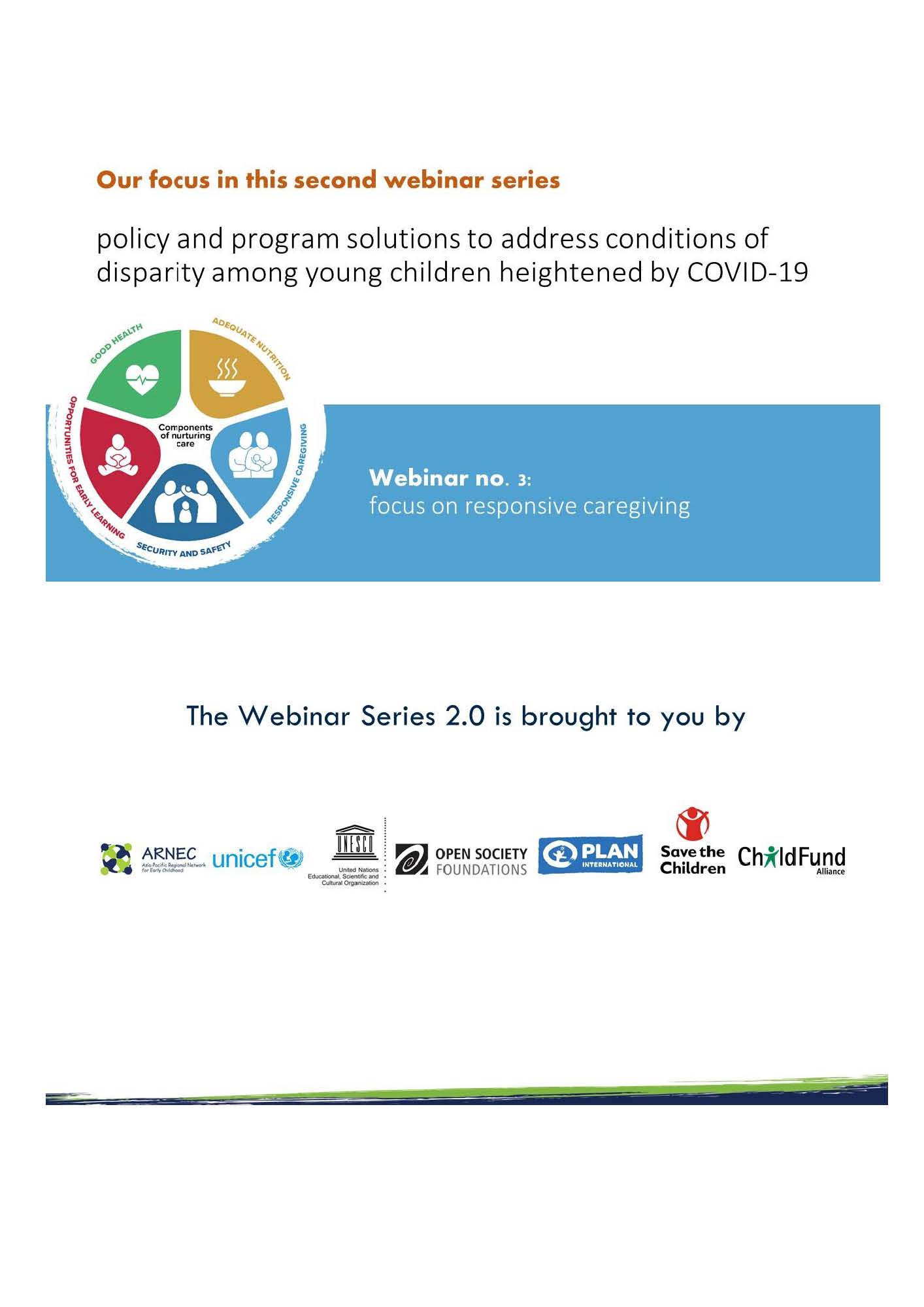Are climate change policies child-sensitive? A guide for action: summary
The scientific community has sounded the alarm. Climate change is a global emergency and we have little more than a decade to undertake the urgent and unprecedented action required to limit global temperatures to 1.5°C above pre-industrial levels. Beyond that time, the risks of deadly drought, flooding, heatwaves, extreme weather, and poverty will significantly worsen for hundreds of millions of people.
Children will continue to suffer the most under the impacts of climate change. With this in mind, UNICEF has set out to examine current national climate policies/plans to ascertain how child-sensitive2 they are and provide recommendations on how to strengthen the focus on children’s rights, including actionable and measurable results for children.
Despite the many ways climate change impacts them, children are consistently overlooked in the design and content of climate policies and related processes.
In order to overcome this lapse, this report assesses the current landscape of national climate change policies and plans and the degree to which these are child-sensitive. To that end, UNICEF analyzed 160 NDCs3 and 13 NAPs comprising a quantitative and qualitative assessment, based on:
• A systematic search of key words to capture any direct or relevant reference to children and youth in the policy.
• An assessment of the nature of the reference to evaluate whether this was ‘substantive’ or ‘passive’.
Type of document : Tools and Guides
Country : Region
Year of publication : 2021
Advocacy : Clean, safe and sustainable environment
Publisher :
